A Ride in the Limited Edition 911 Speedster (991) — Only 1,948 Worldwide
公開日:2020.06.01
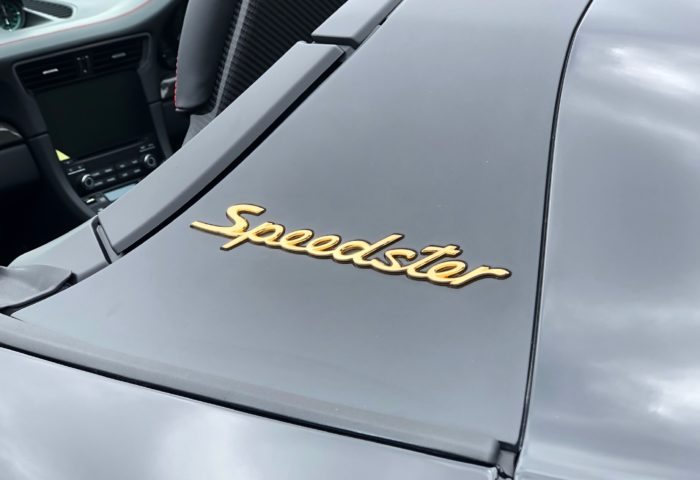
Wow, just recently my husband had the incredible opportunity to ride in a friend’s 911 Speedster, and he wrote up his impressions in this article. Honestly, I’m so jealous! Please have a look if you’re interested.
The 911 Speedster: Limited to 1,948 Units Worldwide
A little while ago, a friend mentioned that their 911 Speedster had just been delivered, but I hadn’t yet had the chance to see the actual car, and some time passed.
This special Speedster model is limited to just 1,948 units worldwide. Tracing its roots back leads to the Porsche 356 Speedster. Later, Speedsters were produced during the 930, 964, and 997 generations as special editions released at the end of each model’s production run, serving as a culmination of that era’s 911.
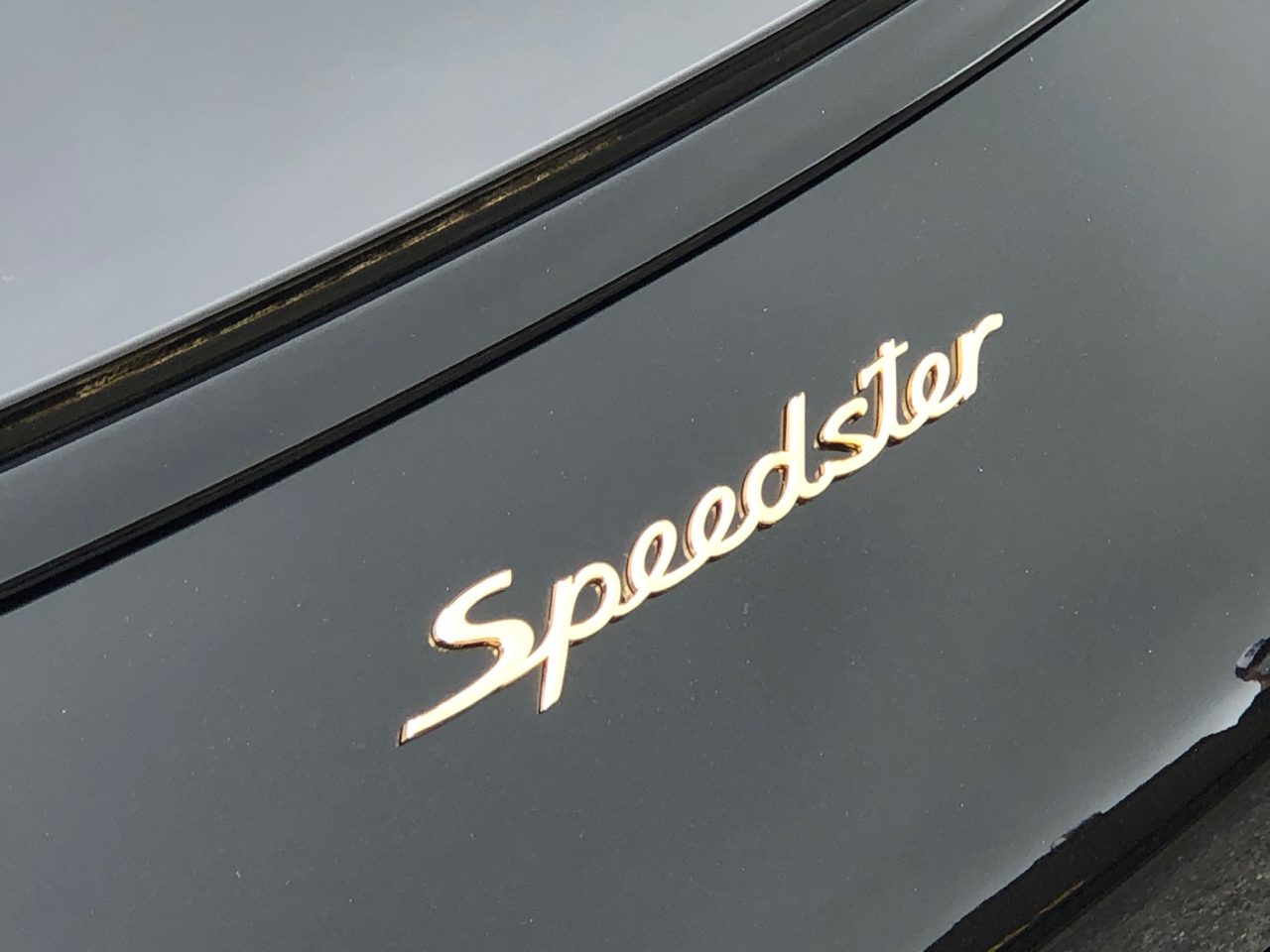
About 10 years after the 997 Speedster debuted, this Speedster was launched as the grand finale for the 991 generation 911.
Its standout features include a front windshield that’s lower and more reclined than usual, a lightweight semi-automatic soft top opening system, and a distinctive carbon fiber “double bubble” rear cover. From behind, the two “humps” on the back are unmistakable.
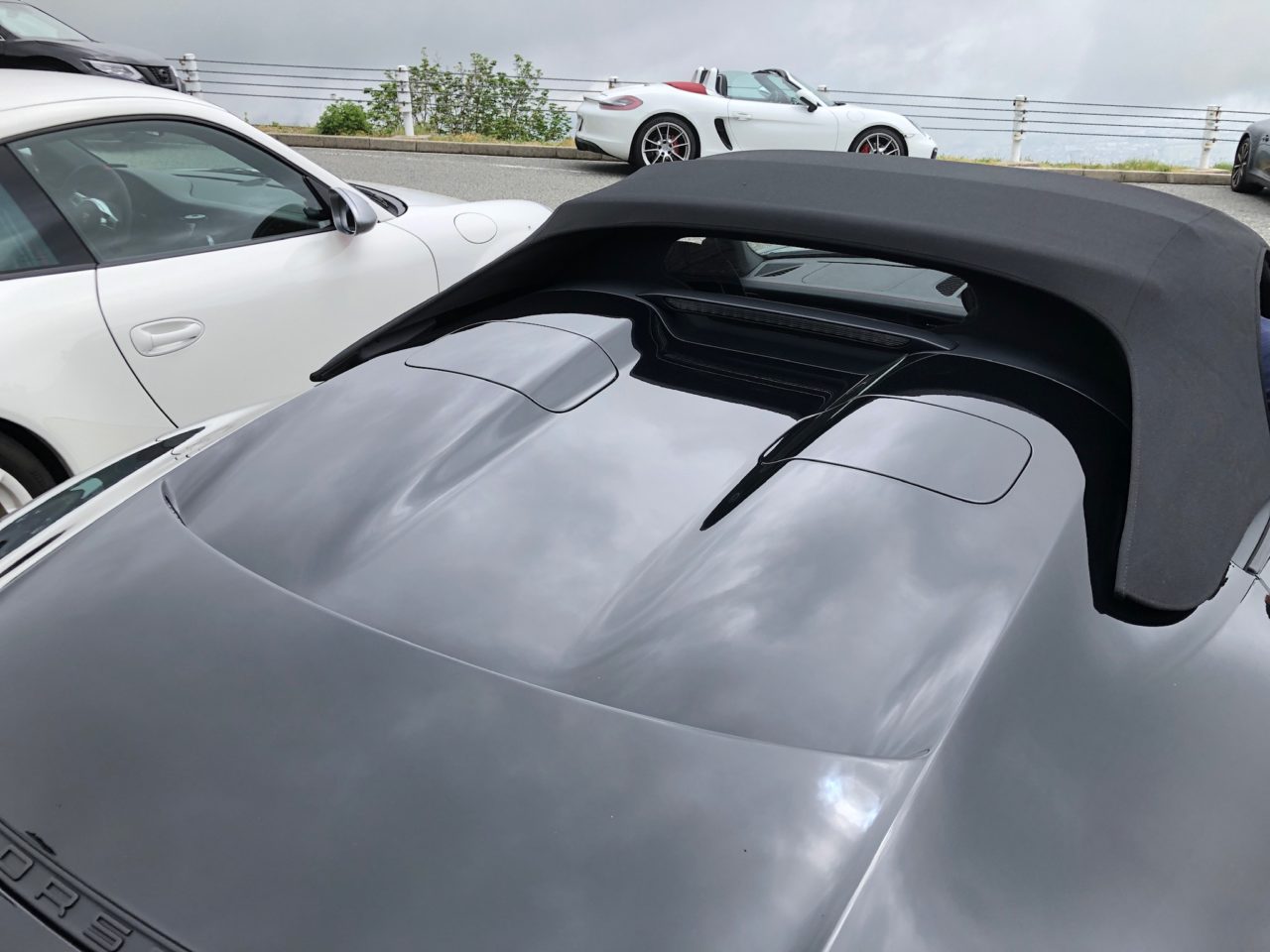
The core components are borrowed from the GT3, featuring a naturally aspirated 4.0-liter flat-six engine producing a maximum output of 510 PS at 8,400 rpm and peak torque of 47.9 kgm at 6,250 rpm. This is about 10 PS more than the GT3, paired with a manual transmission.
Lightweight carbon fiber composite materials are used for the front fenders, front hood, and rear cover, and the exhaust system is titanium, making this car even more premium than the GT3.
I was specially allowed to ride shotgun, so I’ll share my report including the owner’s impressions and how it differs from the GT3.

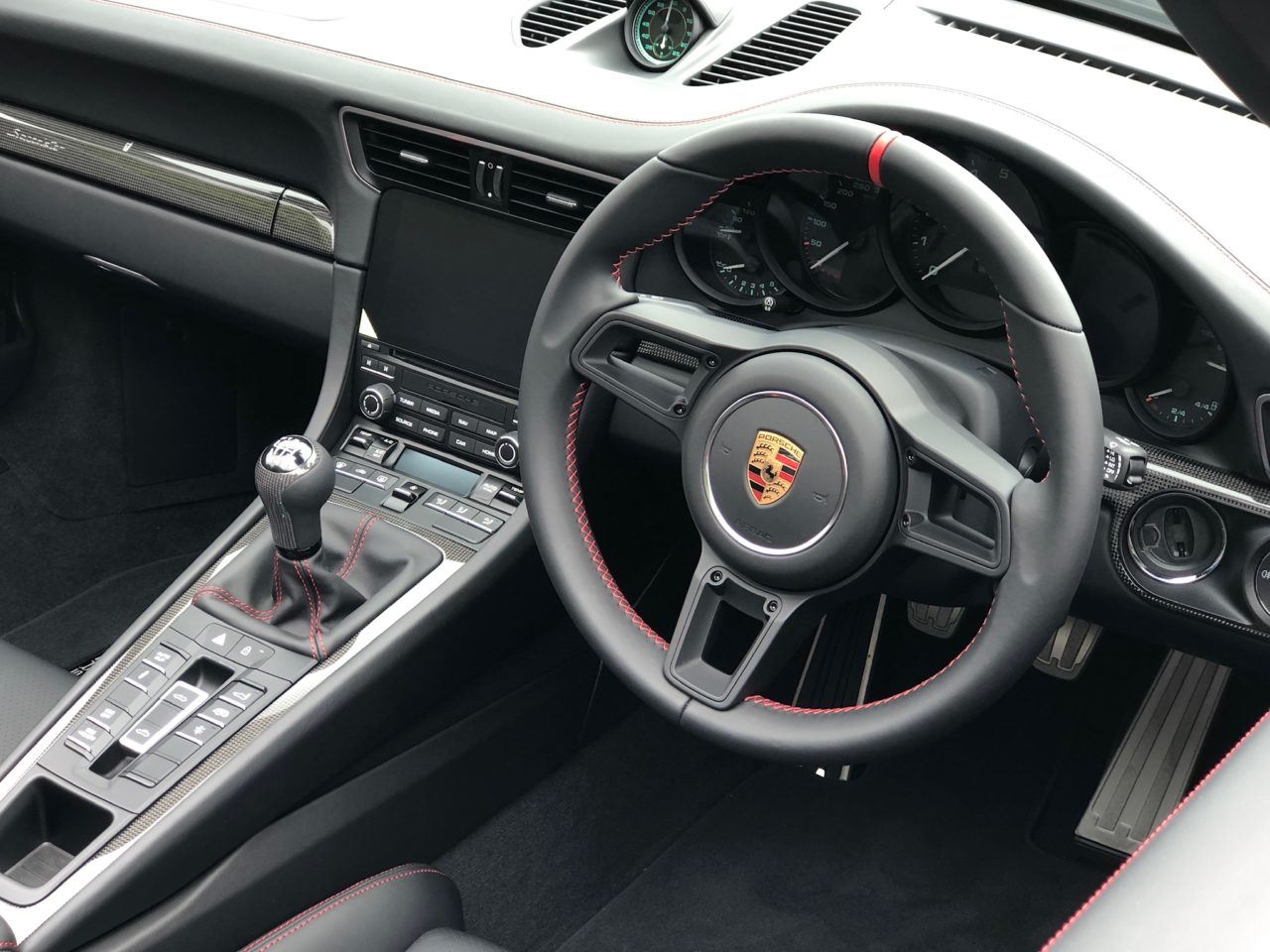
Riding in the 911 Speedster
When the engine starts, you hear a very refined and clear exhaust note. The volume feels slightly more subdued than the GT3’s, with a clean, pure sound free of any harshness.
The exhaust material is different, and upon closer inspection the shape is slightly altered, so it’s an entirely different exhaust system from the GT3’s.
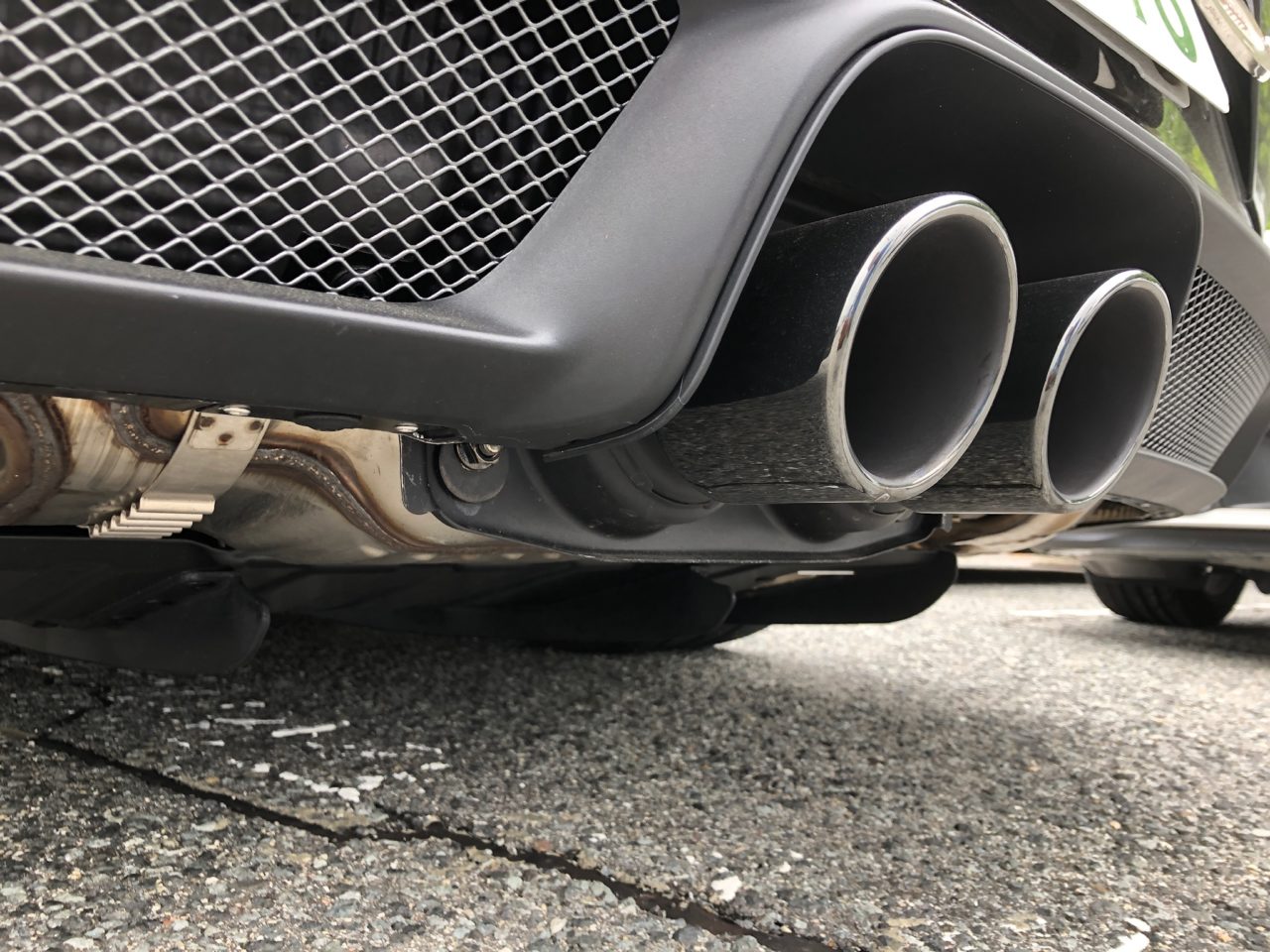
The engine’s rev feel at idle is superb, and once you start driving, the sound becomes even more enjoyable. What stands out is that there’s noticeably less gear and mechanical noise than in the GT3, with the exhaust note dominating.
I suspect the amount and placement of sound insulation around the engine and transmission differ. The sound is clearly tuned to emphasize the exhaust, which is very pleasant to listen to and delivers an engaging sound even at very low to mid-range speeds. This makes it a car you can really enjoy even in city driving.
The ride comfort is also quite different from the GT3, with a smoother ride at low speeds. It feels closer to the standard 911 models than the GT series, clearly tuned for street use.
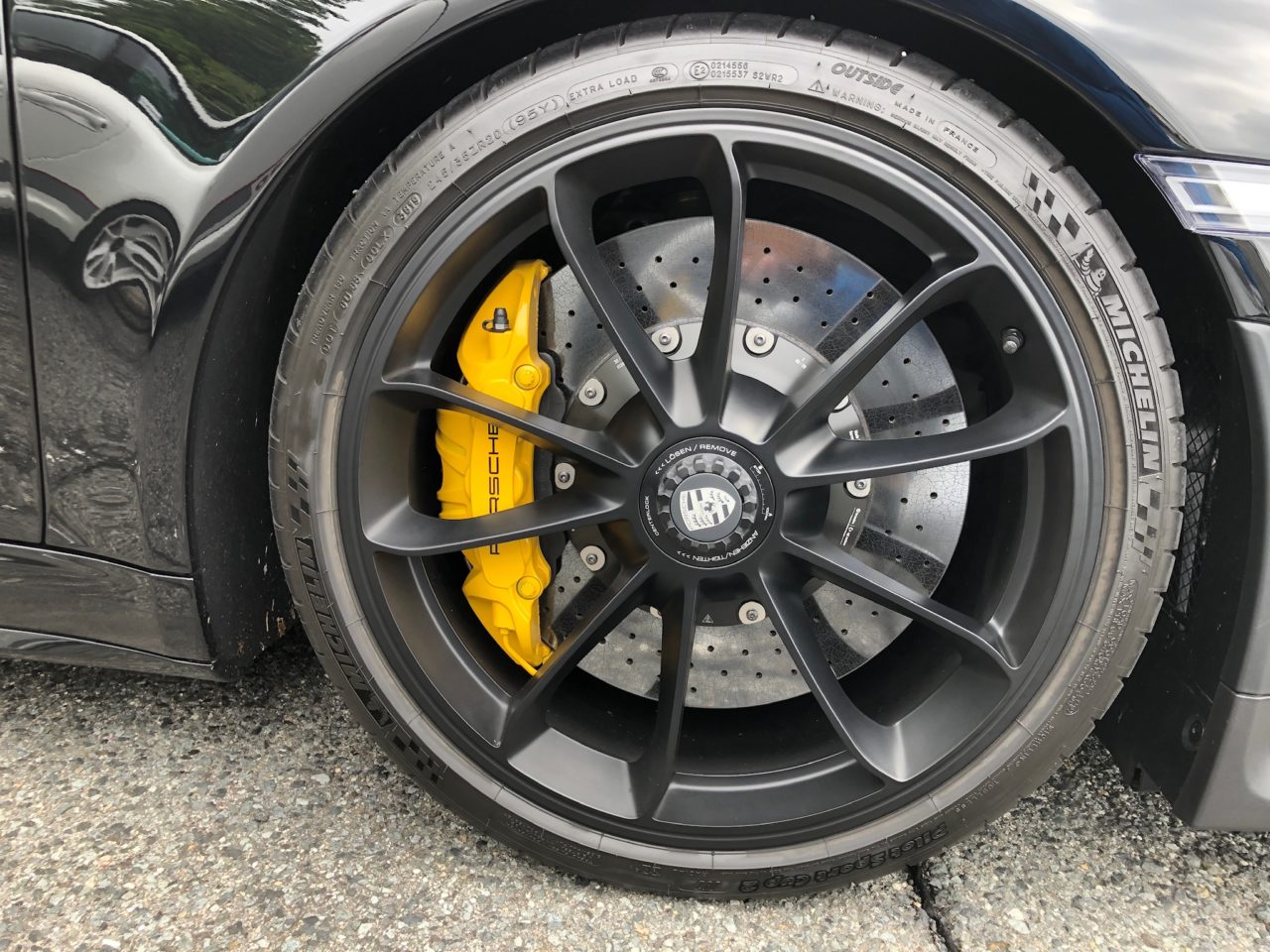
But it’s not just soft—it gives the impression of an exceptionally supple suspension. If the passenger seat feels this comfortable, the driver’s seat must feel even better.
Even as the engine revs climb, unlike the GT3 where the sound dramatically changes around 4,000 rpm, the Speedster’s tone rises smoothly from low to high revs with a refined yet sporty sound that I personally loved. The owner agreed, saying “It’s a bit quieter than the GT3 but the sound is very pleasant.”
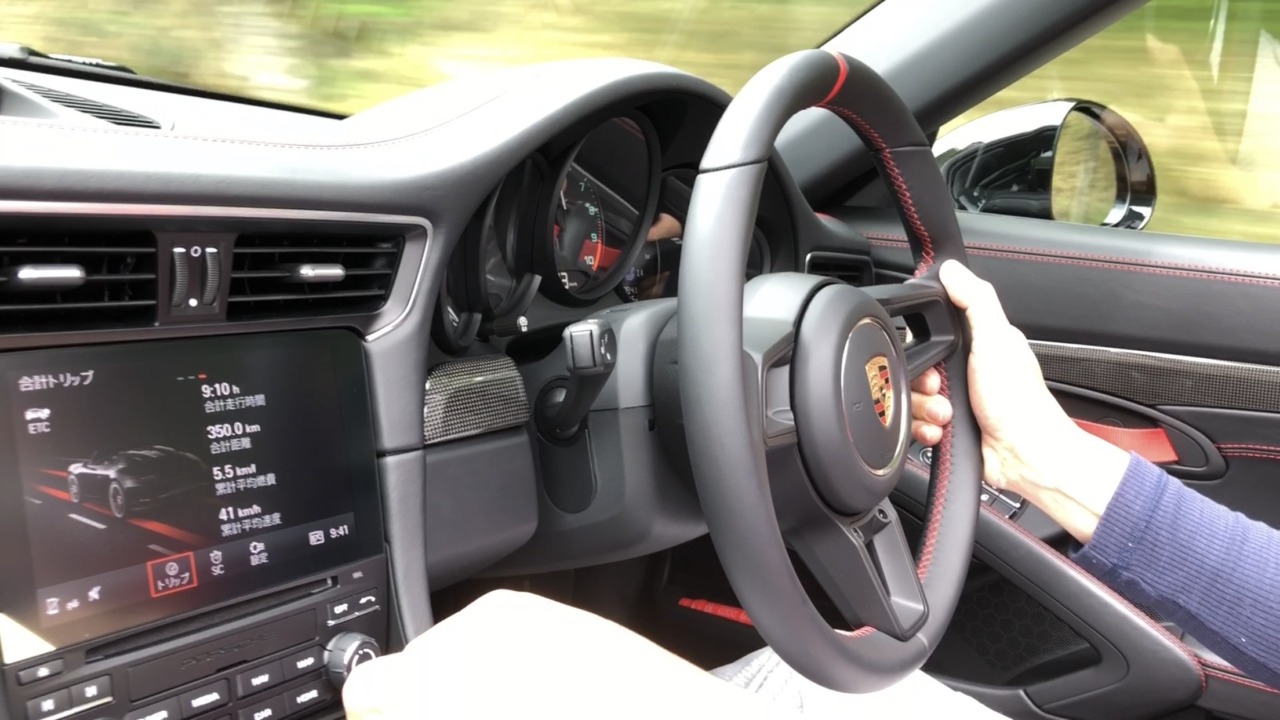
Since the Speedster is open-top and has a more reclined windshield than usual, I expected a lot of wind turbulence, but surprisingly it was very minimal. It’s not quite as comfortable as raising the window deflector on a standard 911 Cabriolet, but there’s definitely less wind buffeting than in the 981 or 718 Boxster.(Honestly, the Boxster has way too much wind buffeting.)
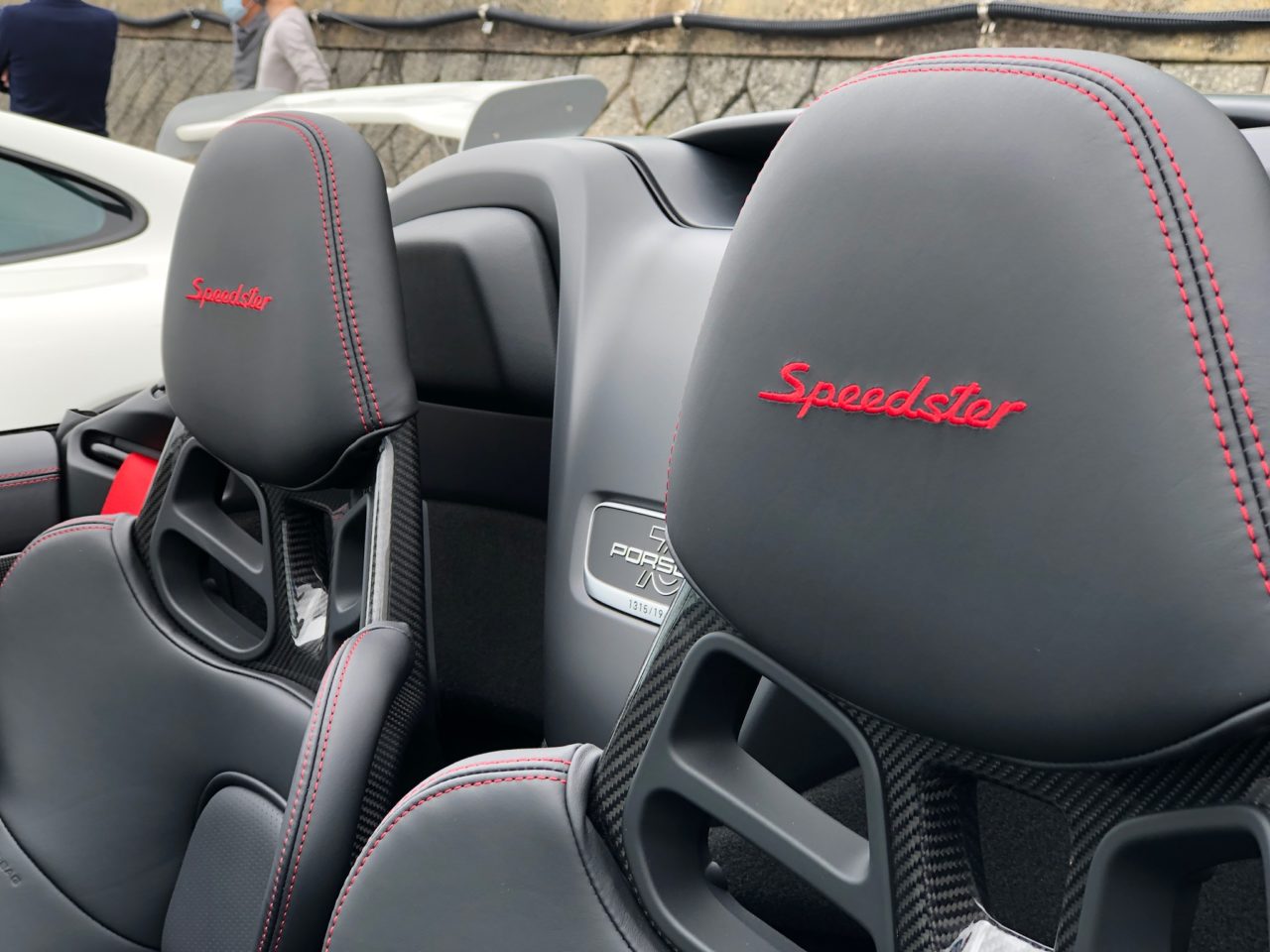
At highway speeds, the comfort level remains decent, so cruising on the expressway shouldn’t be too tiring.
Regarding power delivery, the owner mentioned feeling less torque at low speeds compared to the GT3. We tried accelerating from low to mid-range in third gear, and while the 510 PS engine felt a bit torque-light, this might be due to gear ratios.
As for handling, since I was just a passenger, I can’t say for sure, but it seemed a bit milder than the GT3. Still, it felt more stable and planted in corners than a standard 911, giving a strong sense of confidence even from the passenger seat.
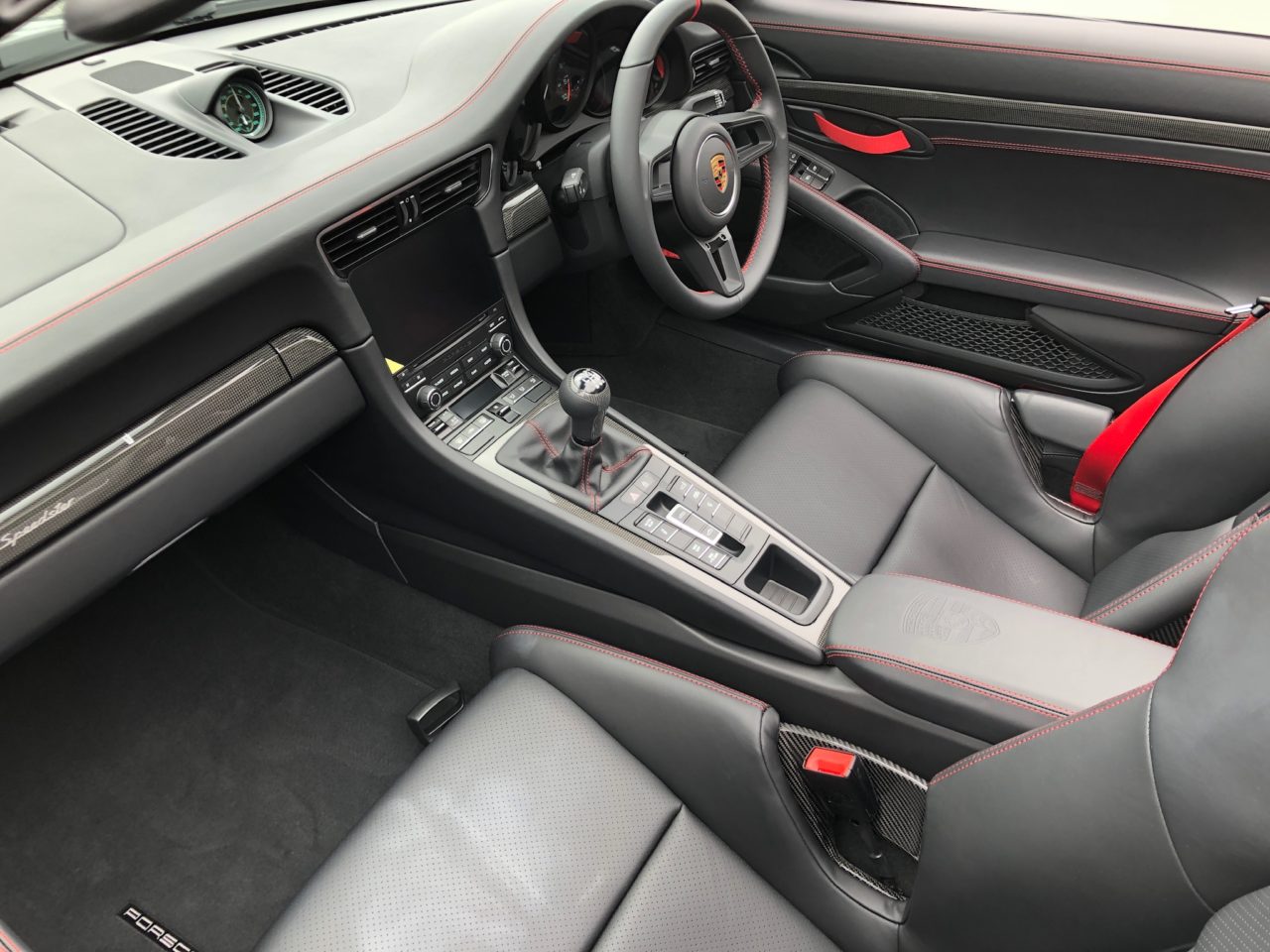
After the ride, I took a long look at the car and it’s truly stunning. The beauty of the side profile, especially thanks to the reclined windshield, is remarkable. It might just be the most beautiful Porsche to date.
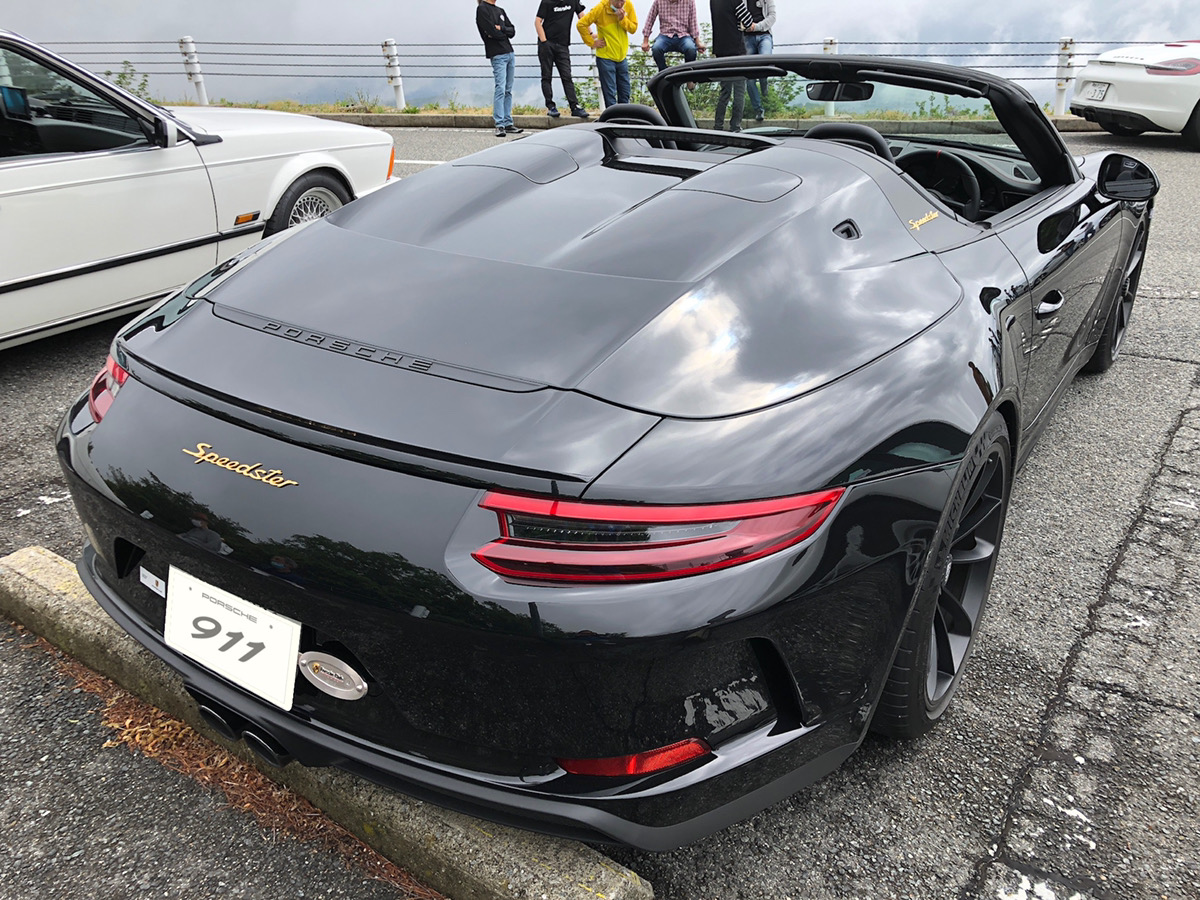

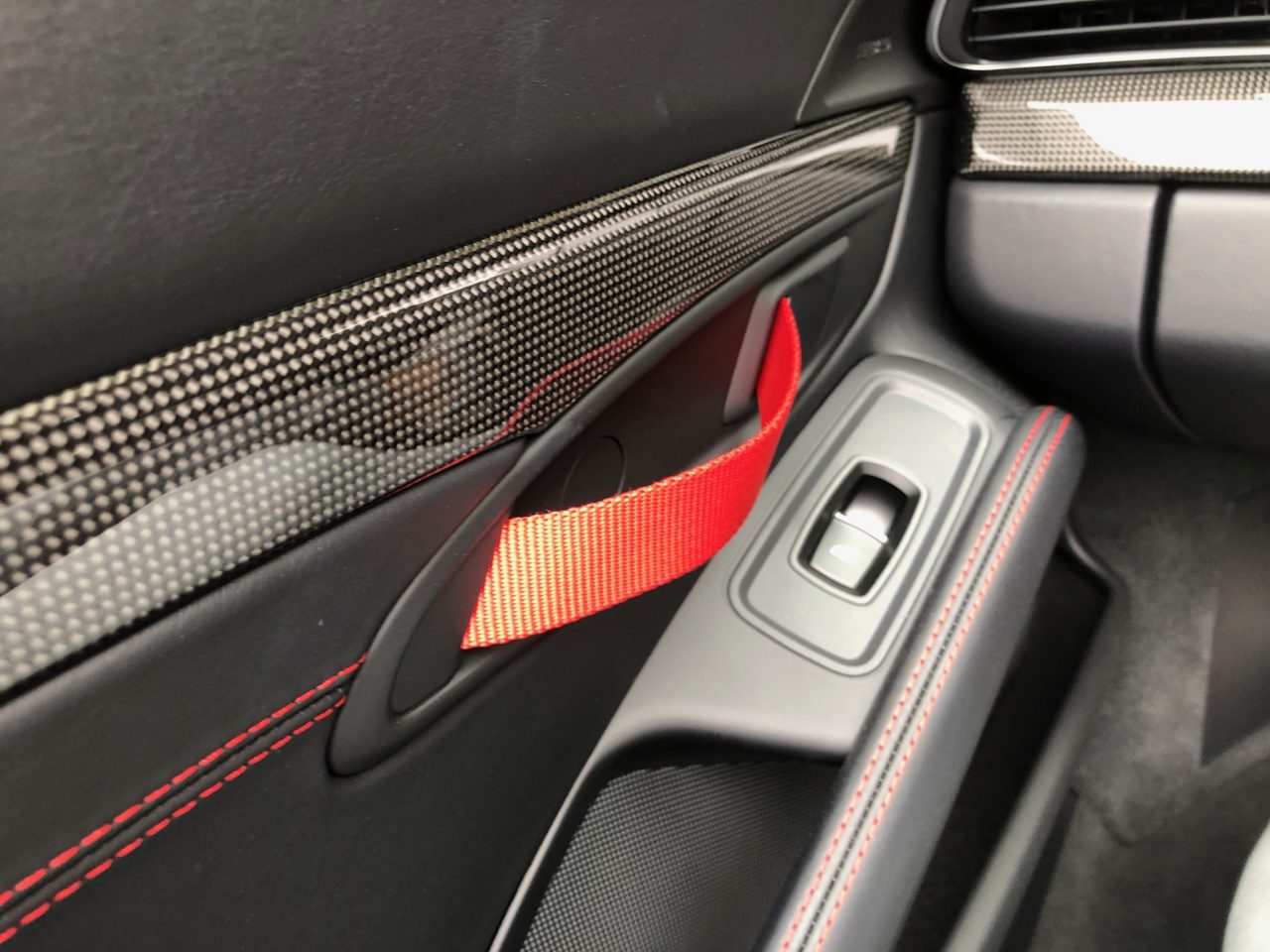
Looking inside, the rear seats have been replaced with a cavernous space that the owner says is very convenient for storing luggage.
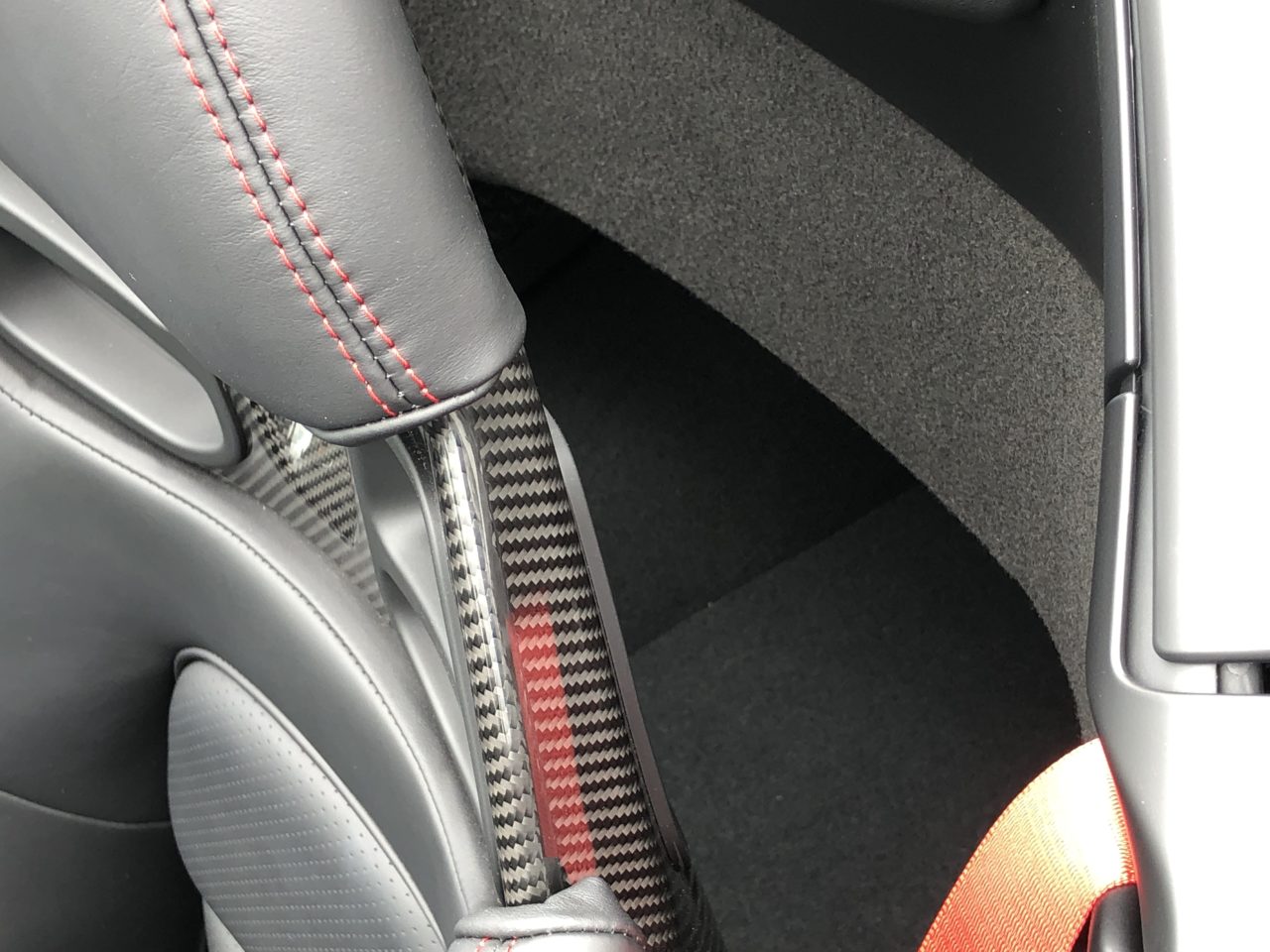
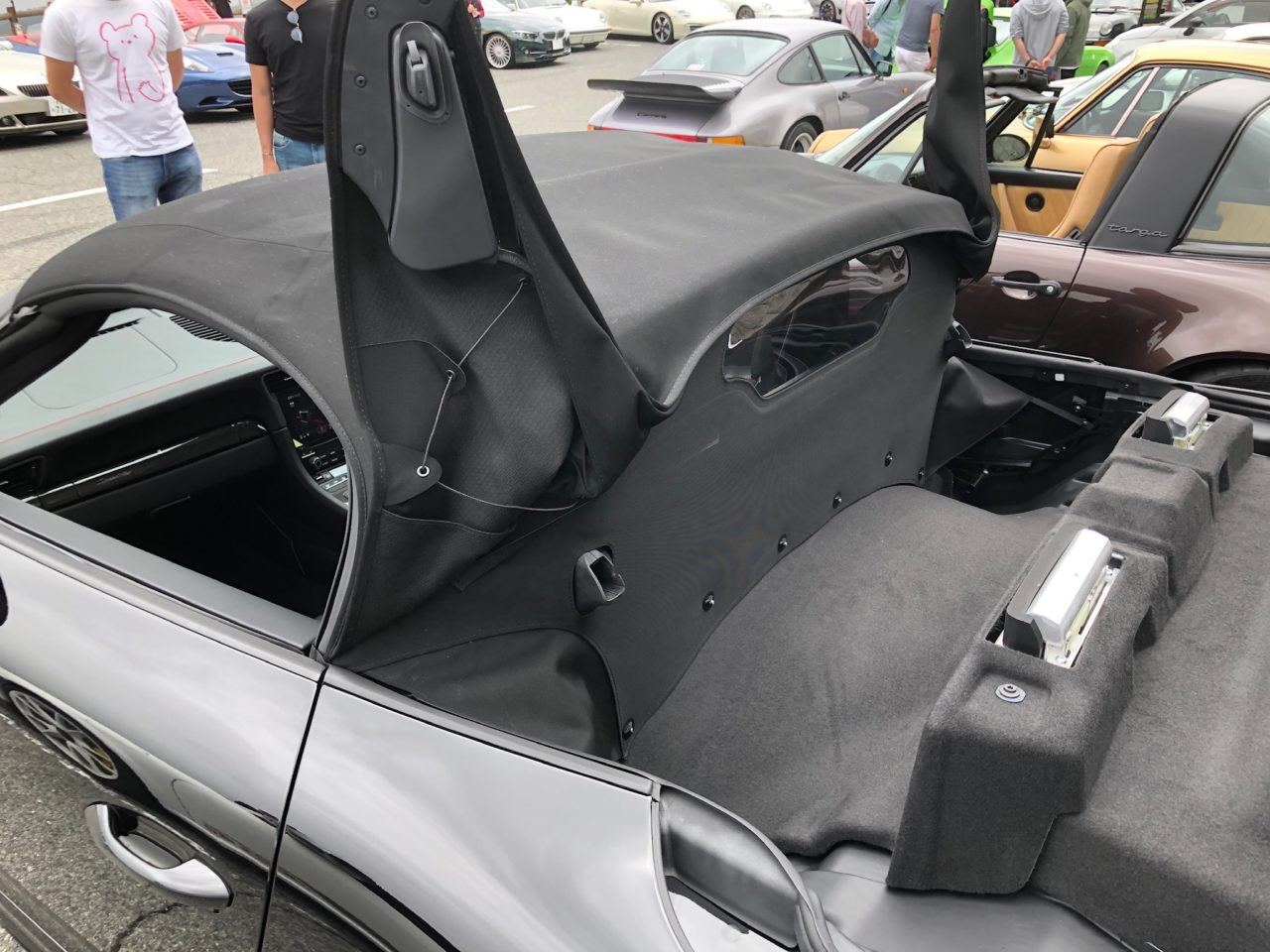
Behind that is the soft top, which you unlock with a switch on the center console and then manually open or close. Watching the owner do it, it seemed almost identical to the Boxster Spyder’s system—very simple and takes less than a minute.
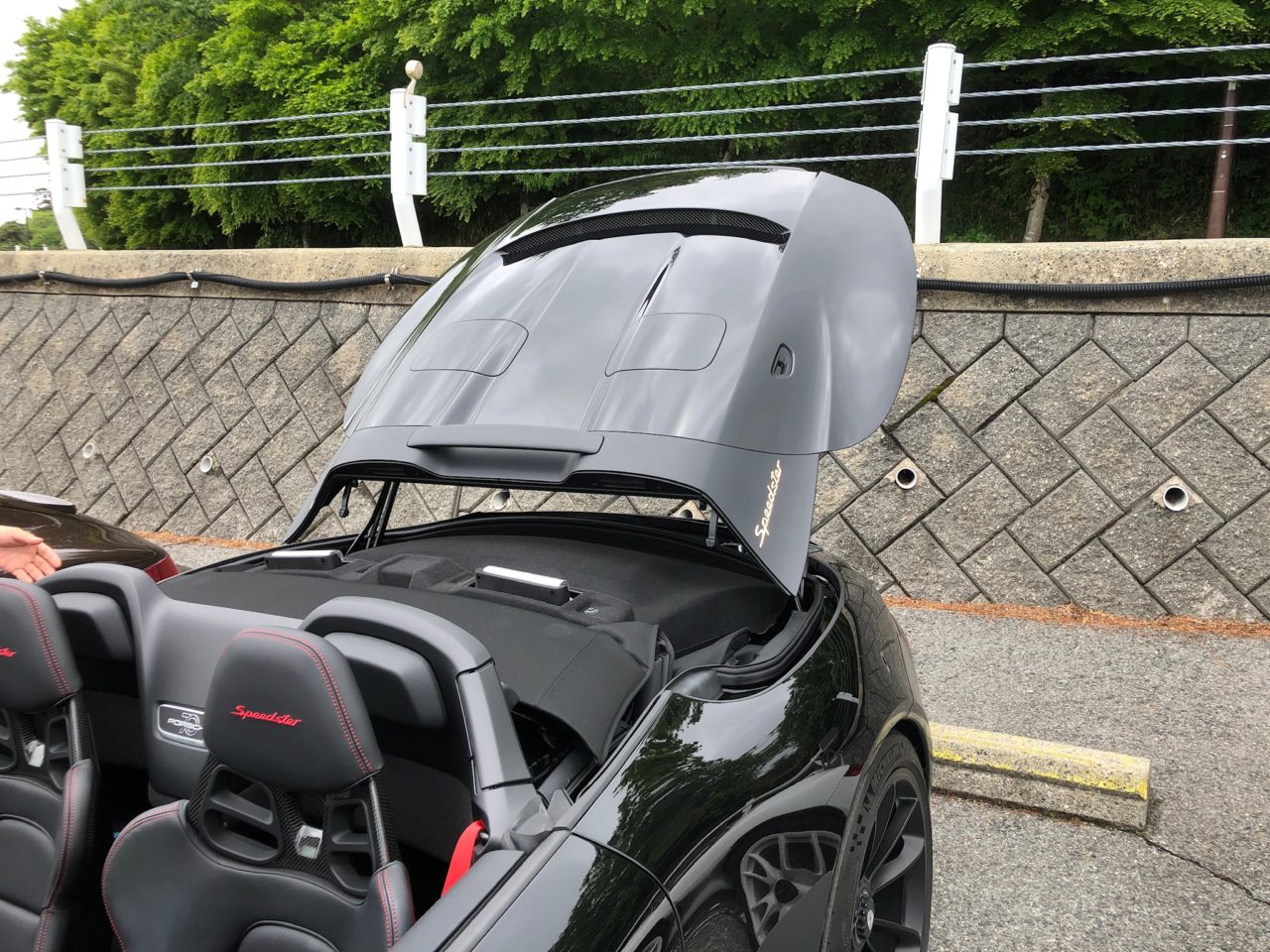
Reflecting on the 911 Speedster
This car feels like it was designed with street driving in mind more than I expected. It might even be more touring-oriented than the GT3 Touring. You could say it’s a GT3 Cabriolet with a touring package.
That’s the impression it gave me.
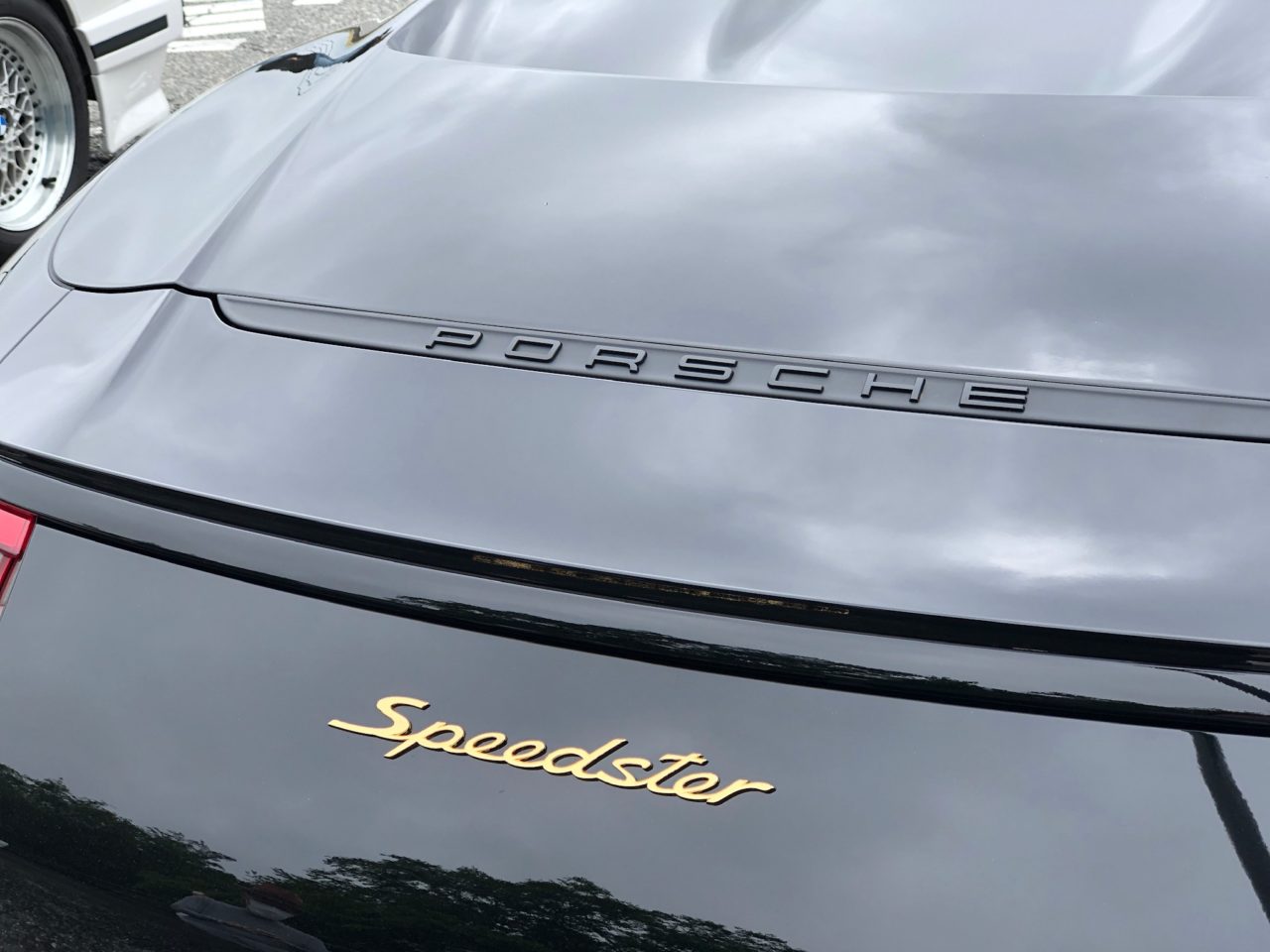
Since it’s limited to just 1,948 units worldwide, you won’t see it often, and you might never come across one again. Thank you to the owner for letting me experience this legendary car. It’s a truly magnificent classic, no need for me to say more.
You might be reluctant to rack up miles on such a rare car, but please enjoy it as much as you can whenever the opportunity arises.
このブログが気に入ったらフォローしてね!


Comment ( 0 )
Trackbacks are closed.
No comments yet.